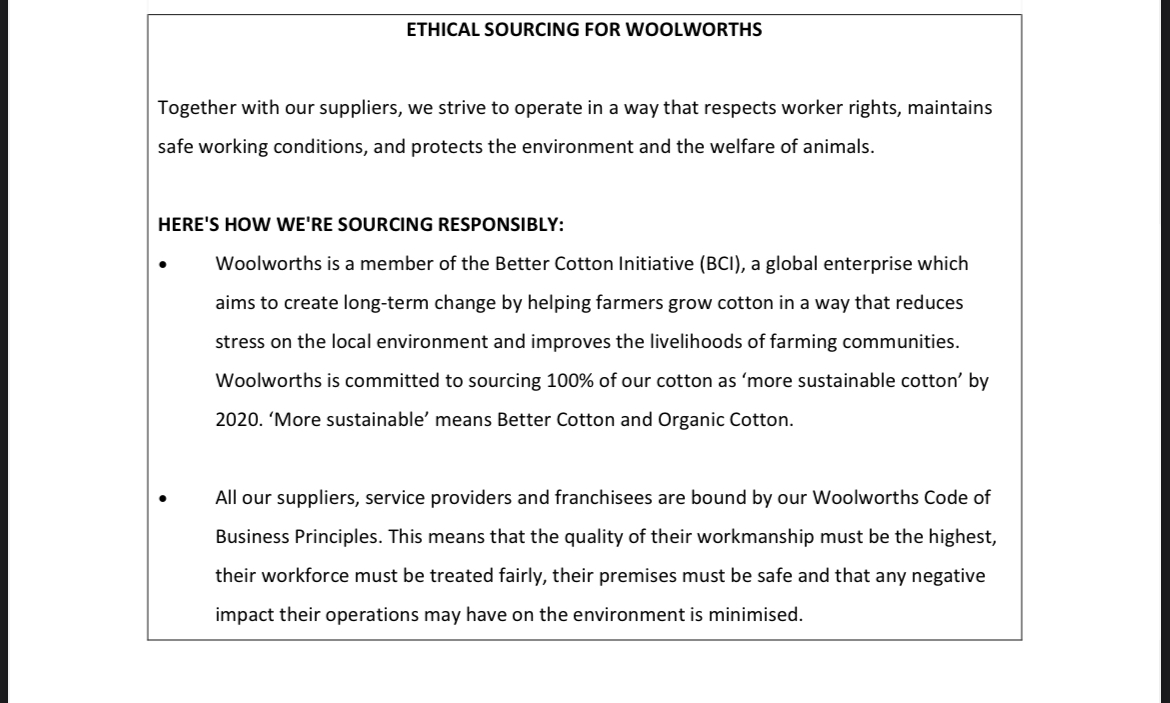Question
The steps to use are down below: Step 1: Identification of potential suppliers: sources of information for initial selection and assessment - There are a



The steps to use are down below:
Step 1: Identification of potential suppliers: sources of information for initial selection and assessment - There are a variety of sources available to identify suppliers. Many of these can also be used in carrying out subsequent research on "short-listed" suppliers. Important sources of information include the following:
- Internet search engines. The internet provides purchasing and supply managers with a powerful and rapid technique and continuously updated information, not only to identify potential suppliers but also to provide important details about them.
- Chambers of commerce or business. These can provide invaluable information about possible sources of supply - local, regional and national.
- Embassies and consular general officers. These can be useful for obtaining information about international suppliers as they are usually keen to help purchasing and supply professionals find sources of supply in the countries they represent.
- National associations. There are several national associations and institutes representing various industrial sectors in the economy.
- Step 2: Pre-screening to reject unsuitable suppliers The actual process of supplier selection can be long and drawn out, and therefore a costly exercise, especially if it involves visits to potential suppliers. Thus, it is important to perform an initial screening operation to eliminate any suppliers that may be unsuitable. There are many grounds for the elimination of suppliers at this early stage.
Step 3: Conduct research on potentially suitable suppliers
There are several avenues available to purchasing and supply managers to obtain the information required to conduct research on potentially suitable suppliers in relation to the selection crite ria. Clearly, the depth of the investigation and the criteria used can vary widely depending on the product or service being purchased. Infor-mationsources for supplier research include the following:
- Supplier visits. Although time consuming and usually costly, a supplier visit can elicit information that cannot be obtained from a questionnaire, for example worker atti-tudes, safety consciousness, state and age of equipment, and the overall efficiency of the operation. If a cross-functional team visits a potential supplier, it presents an excellent opportunity not only to obtain first-hand information but also to perform an extensive audit of that supplier. Such an audit can be performed by using a weighted point supplier performance evaluation.
- Supplier Surveys and questionnaires.
Step by Step Solution
There are 3 Steps involved in it
Step: 1

Get Instant Access to Expert-Tailored Solutions
See step-by-step solutions with expert insights and AI powered tools for academic success
Step: 2

Step: 3

Ace Your Homework with AI
Get the answers you need in no time with our AI-driven, step-by-step assistance
Get Started


